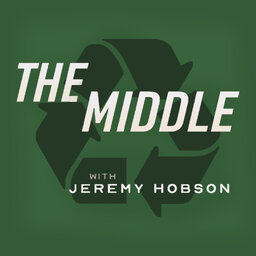How research from the geographic middle affects us all
On this episode of The Middle we're exploring the work of three scientists from across the geographic middle, and discussing how their cutting edge research impacts all of us. We speak with Purdue University professor Majid Kazemian, Washington University professor Sophia Hayes, and Utah State University Professor Sophia Tschanz on topics like cancer research, causes of Alzheimer's and the intersection of helium capture and climate change. #science #technology #STEM #Purdue #USU #WashU #cancer #alzheimers #helium #carboncapture
 The Middle with Jeremy Hobson
The Middle with Jeremy Hobson


